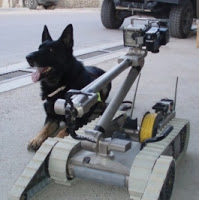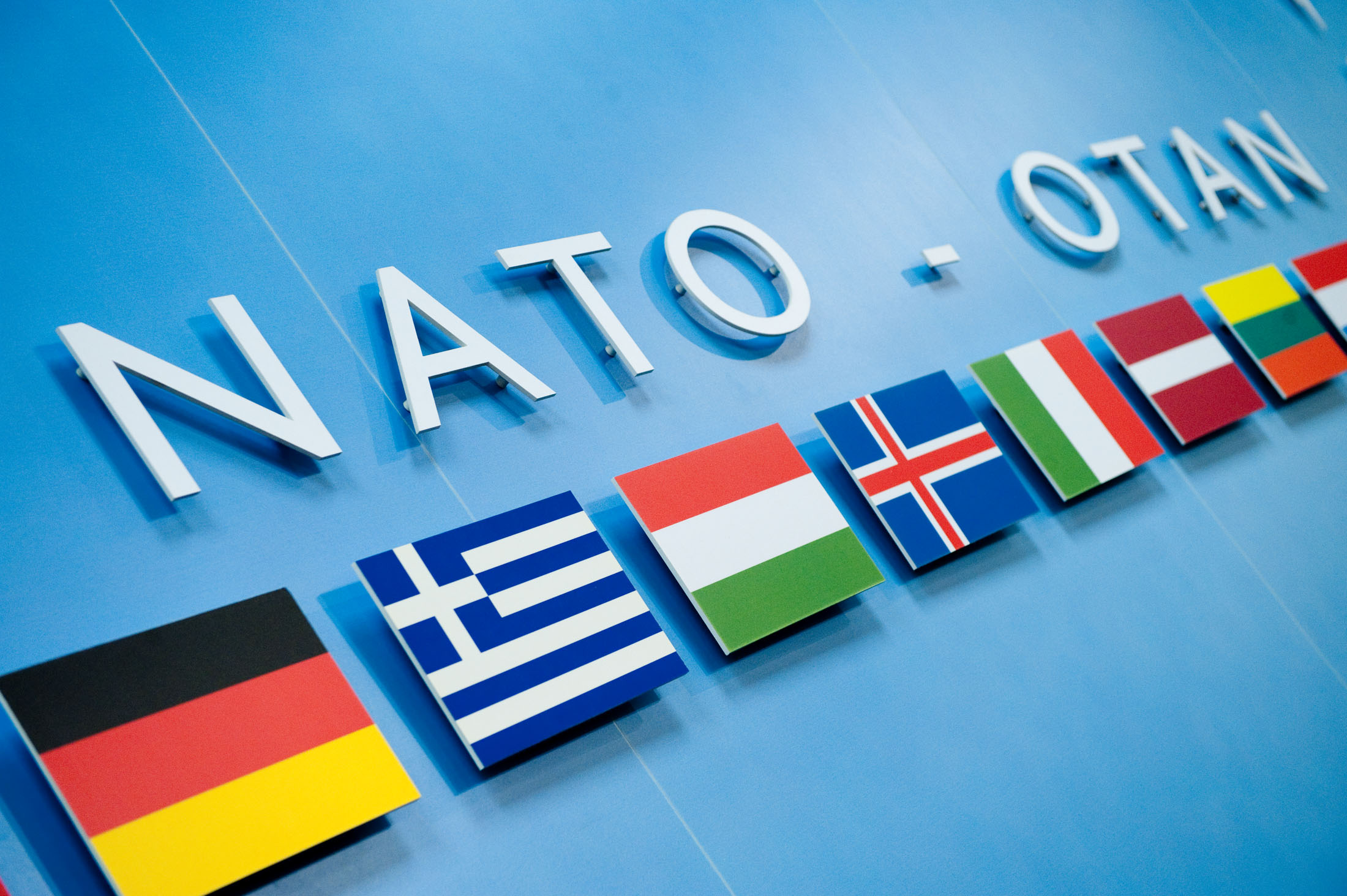Aaron Willschick takes a look at the technological evolution of the Afghanistan and Iraq Wars and the use of bomb ‘sniffing’ robots that are saving the lives of many soldiers.
With all of the media coverage surrounding the Iraq and Afghanistan Wars over the last decade, it is no secret that thousands of NATO soldiers’ lives have been lost due to combat operations in the two war torn countries. With so many deaths, NATO members have received an enormous amount of criticism for maintaining large military presences in both countries for such a long period of time and for not doing enough to protect the lives of their soldiers. Even if the two prolonged conflicts have carried on for far too long, NATO members have increased their commitment to protecting their soldiers through better use of technological means, replacing tasks once assigned to human soldiers with robots.
Improvised Explosive Devices
Throughout NATO’s prolonged operations in Afghanistan and Iraq, one of the greatest challenges for soldiers has been the unpredictable presence of improvised explosive devices (IEDs). While no region in Afghanistan can truly be considered completely safe for NATO forces, some regions have become more dangerous than others due to the presence of IEDs. They have become so prevalent in some places that platoons often encounter dozens in a single route-clearing patrol. These devices have inflicted massive damage on NATO forces, destroying large and powerful military vehicles along with many soldiers’ lives.
The most prominent area for IEDs is a lethal stretch of highway known as Route Georgia in Eastern Afghanistan. The 17-mile stretch of road is bordered by apple orchards and open fields on one side and uneven cliffs on the other which offers an ideal setup for insurgents to station themselves waiting to pull the trigger on IEDs. The number of deaths due to IEDs has risen so high that during some months it has accounted for as much as 70 percent of NATO casualties in the entire region. Last year was perhaps the worst for IEDs in Afghanistan, accounting for over 70 percent of civilian casualties from the period of January to November. Route clearance missions seek to neutralize mines along roads and trails which pose obvious dangers to NATO personnel which are intensified by the fact that soldiers are often ambushed by insurgents close to sites where IEDs have been placed. As a result of the almost daily IED attacks, it has taken a great psychological toll on soldiers who never know when they are going to get hit.
Bomb “Sniffing” Robots
For much of NATO’s tenure in Afghanistan and Iraq, the only method of locating and neutralizing IEDs was through the work of specialized platoons. To make the process more effective and ultimately safer for soldiers, the United States and other NATO members have put efforts towards designing specialized robots capable of detecting IEDs. These robots have been in use for a few years now, but have recently become more important with the rising number of IED related deaths. Robots are equipped to seek out roadside and car bombs and are equipped with a bomb sniffing sensor, a vision system and a seven foot arm to inspect the undercarriage of vehicles for bombs. Presently, there are nearly 5000 robots in use in Iraq and Afghanistan, up from only 150 in 2004. They are not only helpful for tracking bombs and explosive devices, but soldiers are now using them to search caves and buildings for insurgents. This has greatly reduced the threat to soldiers who now have an “inside” look at the trouble they may face in enclosed areas. Route clearance requires mobility and manoeuvrability which robots have been successful in providing since they can be controlled from a far distance.
In response to last year’s rise in IED related deaths, NATO Secretary General Anders Fogh Rasmussen recently pledged to increase NATO’s efforts in utilizing bomb sniffing robots in Afghanistan. He has stated that a number of Allies will jointly acquire remote-controlled robots which can clear roadside bombs effectively on their own. The NATO-led International Security Assistance Force (ISAF) is currently training Afghan security forces in route clearance, which has been greatly aided by the new robot technology. The Smart Defense project for the procurement of robots was endorsed at the 2012 Chicago Summit and it will support the need to develop a specialized route clearance package.
A Long Time Coming
It is encouraging news that NATO countries have finally developed the technology to locate and diffuse bombs from a distance with minimal human involvement, but at the same time it is unfortunate that it has taken this long to come to fruition. Thousands of lives have been lost due to IEDs, not to mention the incredible psychological trauma and fear it has caused for troops in both Afghanistan and Iraq. It is interesting to note the almost sarcastic sense of humor that some soldiers assigned to locate IEDs have developed, as noted in this article from American Army Sergeant Jon E. Dougherty in 2010. In the article, Dougherty describes a day in the life of a route-clearance patrol and the dry humor troops use to help get them through the day. This is an interesting example of the stress that platoons are facing while seeking out IEDs and the coping mechanisms that they might use. These robots fortunately take away some of that stress, but at the same time they do not take away the lives lost and the extreme psychological toll it has taken on individuals in a war long past its due date.




